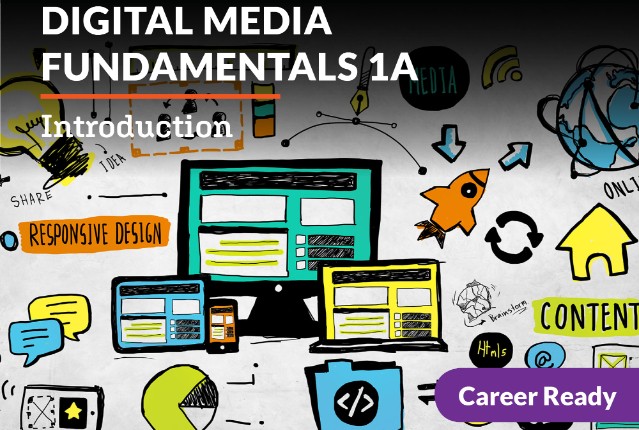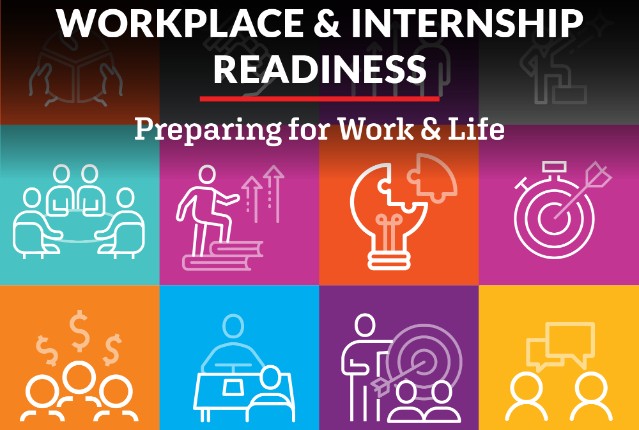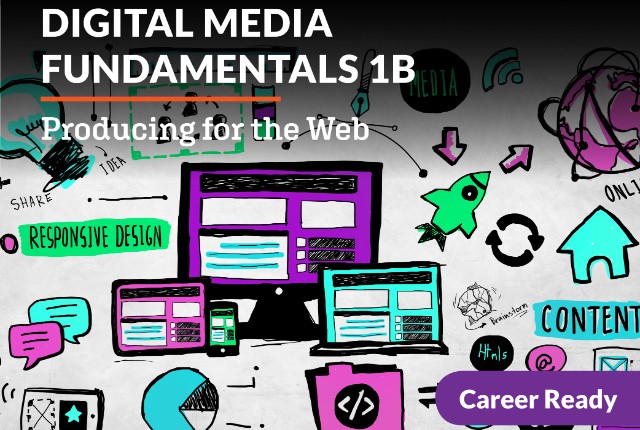
Digital Media Fundamentals 1a: Introduction
Discover your talent for building digital media applications using text, graphics, animations, sounds, videos, and more! Learn about the elements that make impressive media, such as typography, color theory, design, and manipulation. Explore careers to apply your digital media skills and find your place in this fast-paced and exciting field!
Review course outlineAccess for a year
USD 299.00*
* Choose more courses to get a discount



